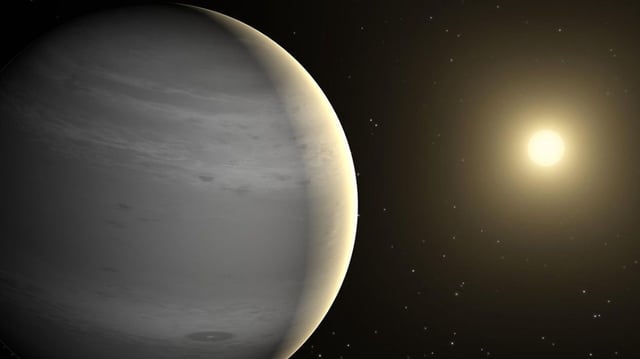Overview
- UC Riverside researchers report in Physical Review D that certain dark matter captured by gaseous exoplanets could collapse into tiny black holes inside them.
- The scenario relies on dark-matter particles elastically scattering within a planet, losing energy, settling at the core, and reaching densities that trigger gravitational collapse.
- Depending on initial black-hole mass versus Hawking evaporation, the object could evaporate, remain long-lived, or grow to consume the planet, with formation possible in as little as ten months in some cases.
- Detection would be difficult because gravitational signatures mimic normal planets, so searches would focus on thermal or high-energy anomalies in worlds near the Milky Way’s center where dark matter is densest.
- Independent experts caution the effect exists only in a narrow slice of parameter space, and planets in our Solar System are expected to be safe due to low local dark-matter density.


